On the primary of July of the year 2019, the Ministry of Antiquities decided to begin the restoration of Tutankhamun’s archaeological collection, in preparation for its transfer to the Grand Museum, which is scheduled to open in October 2020, after the Ministry of Antiquities transferred the big wooden coffin of King Tutankhamun from the Cemetery of the Valley of the Kings In Luxor, to the laboratories of the Egyptian Museum for restoration in preparation for displaying it within the whole collection of the Golden King in his wing within the Grand Museum.
The restoration process began with the primary stage of sterilization, or the so-called process of complete organization of all the contents of the Egyptian king Tutankhamun, on July 22, after which the method of completing the plan for the restoration begins, which has conducting some tests and analyzes that don't destroy the fabric of the trace, and in light of the results of those The inspections are going to be applied with mechanical and chemical cleaning, followed by re-installation of the fallen layers in their correct places.
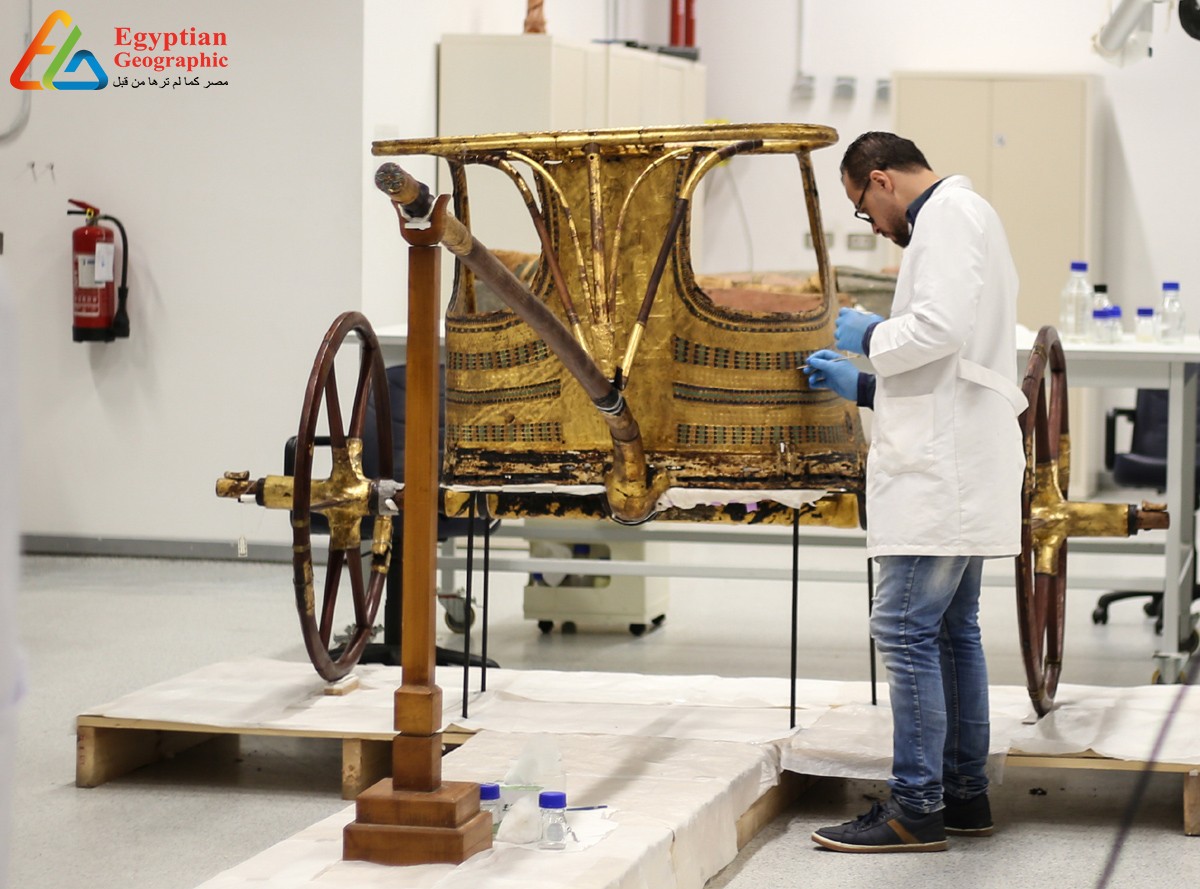
The process of restoring Tutankhamun’s sarcophagus, which occurs for the primary time since its discovery in 1922, that is, nearly 97 years ago, and is administrated by a team of archaeologists, additionally to preparing the remainder of the king’s treasures for display soon. it's expected to require about eight months to end. Completely, during the upkeep process, the outer layer of the gold-coated coffin are protected by covering it with an insulating plastic tent.
The length of the royal casket, fabricated from wood and gold, reaches 2.23 meters. The casket is additionally distinguished by the mask carved above the face of the king holding his hand on the scepter, symbol of judgment, at the identical time his mummy is additionally subjected to examination.
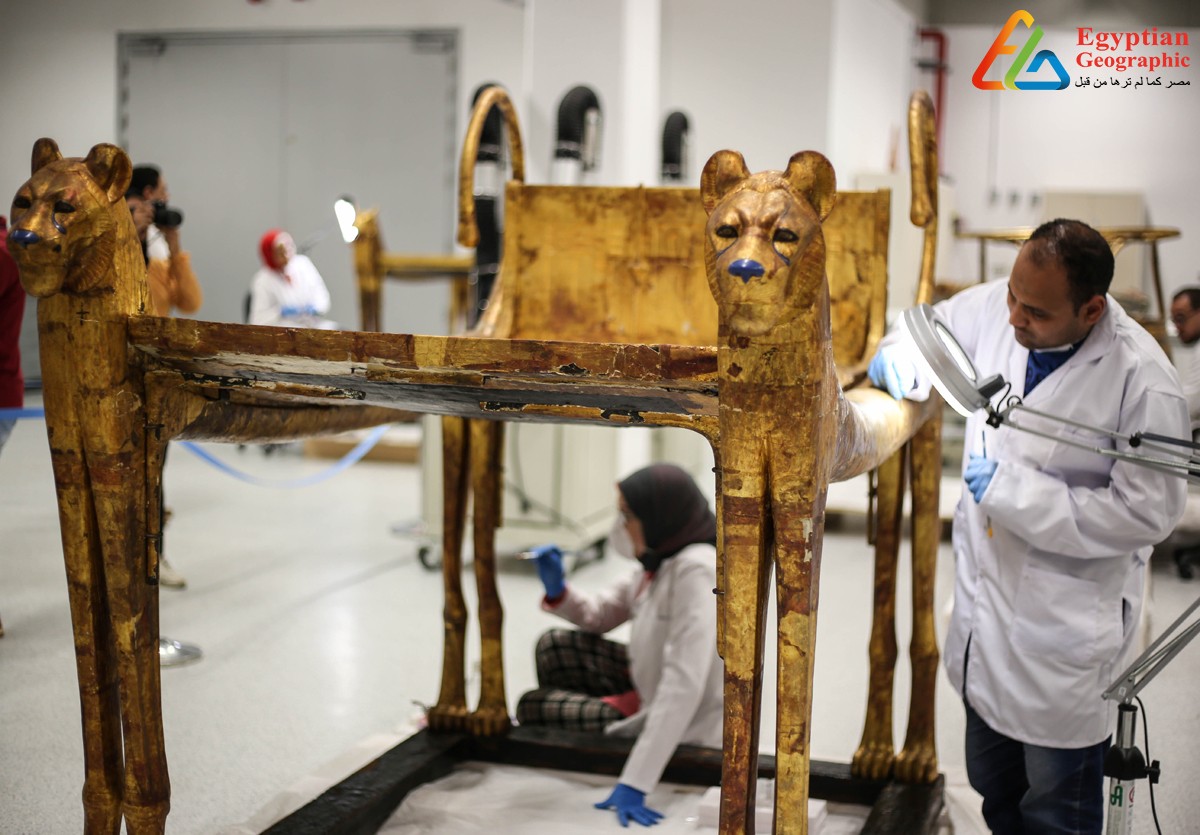
One of the archaeologists is accountable for restoring the inner layer of the shroud very carefully employing a paintbrush. Although the tomb of King Tutankhamun is one in all the simplest burial chambers that are discovered in terms of preserving its original condition, some details are damaged and cracked in recent years.
The king's throne, made from wood covered with gold, precious stones and colored glass, is additionally being maintained as a part of the restoration process, and it's planned to display the treasures of King Tutankhamun, which were found in his tomb within the Valley of the Kings in southern Egypt, within The Grand Egyptian Museum planned to open soon.

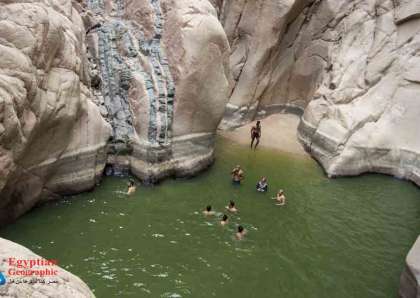

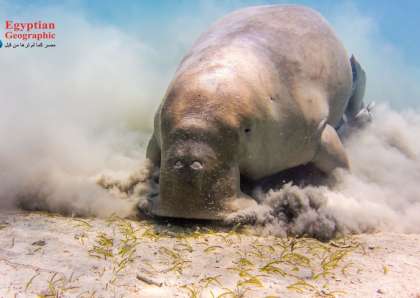
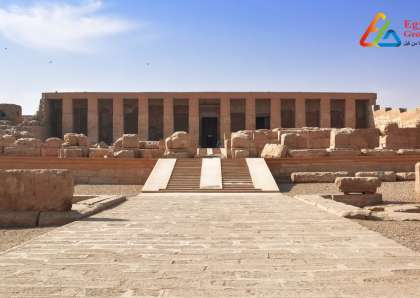
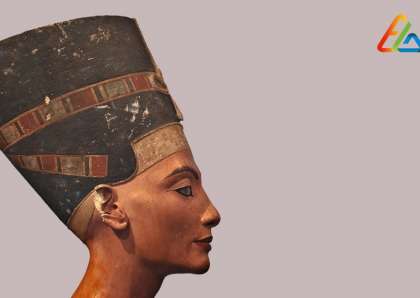
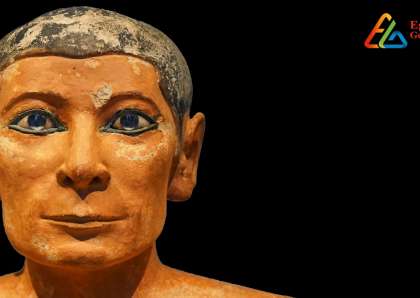
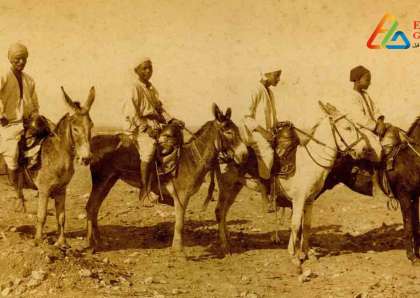
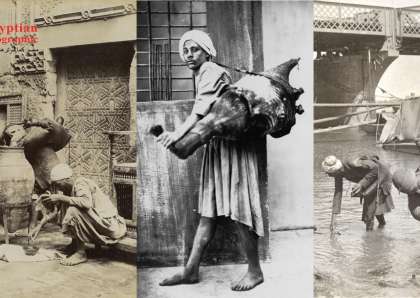
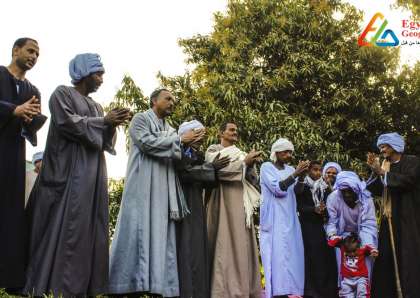
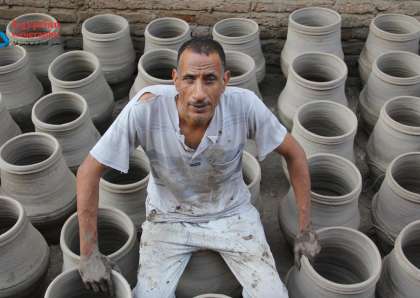


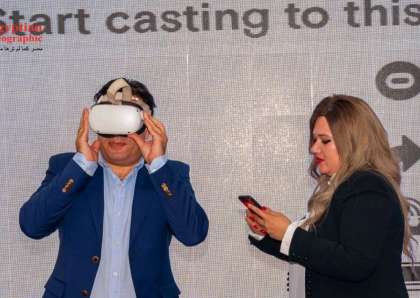



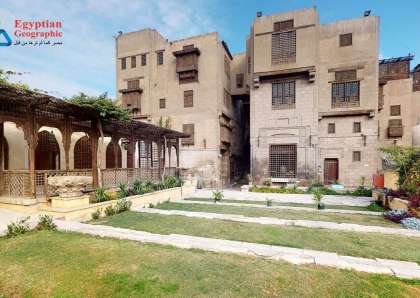
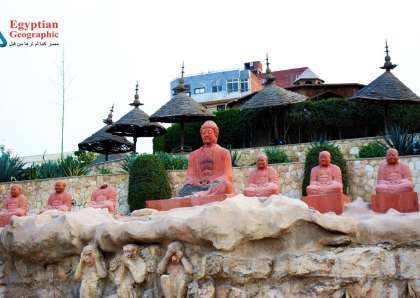
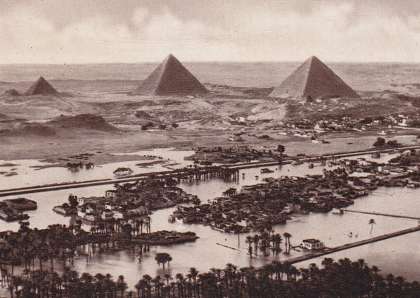
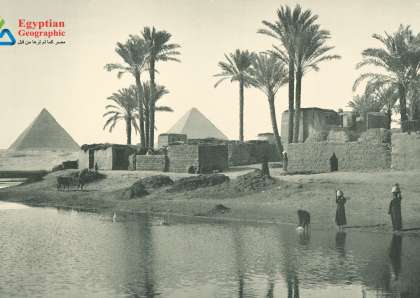

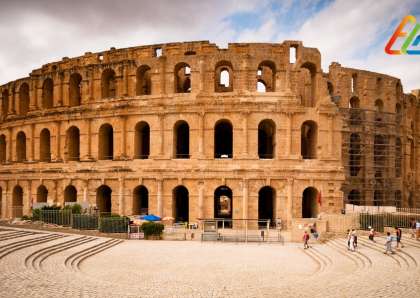
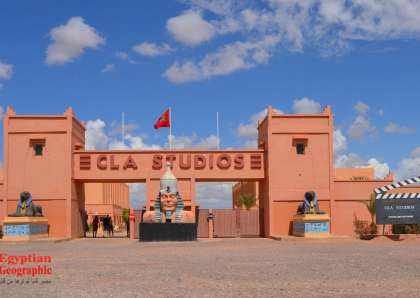
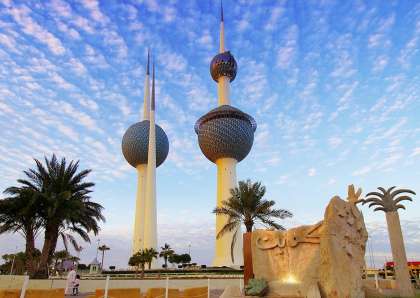
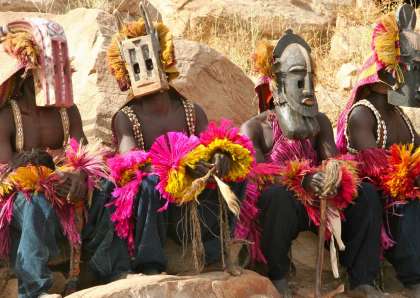





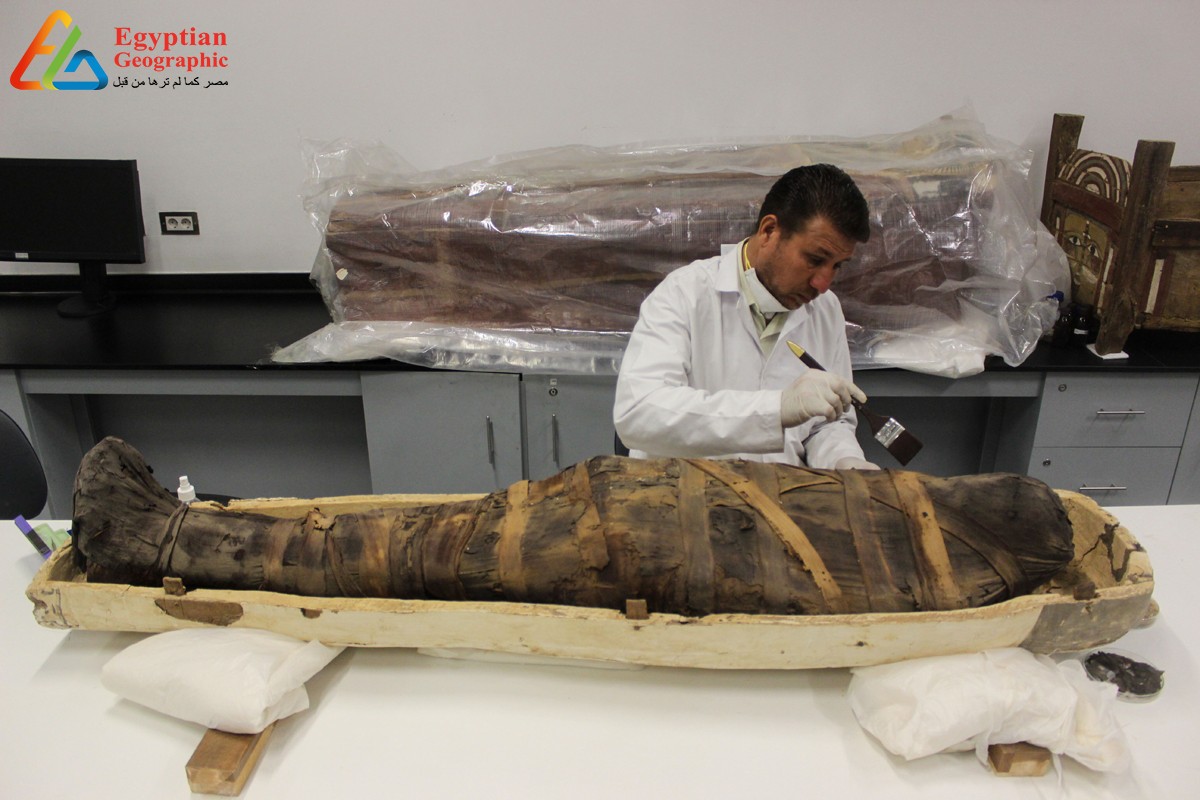
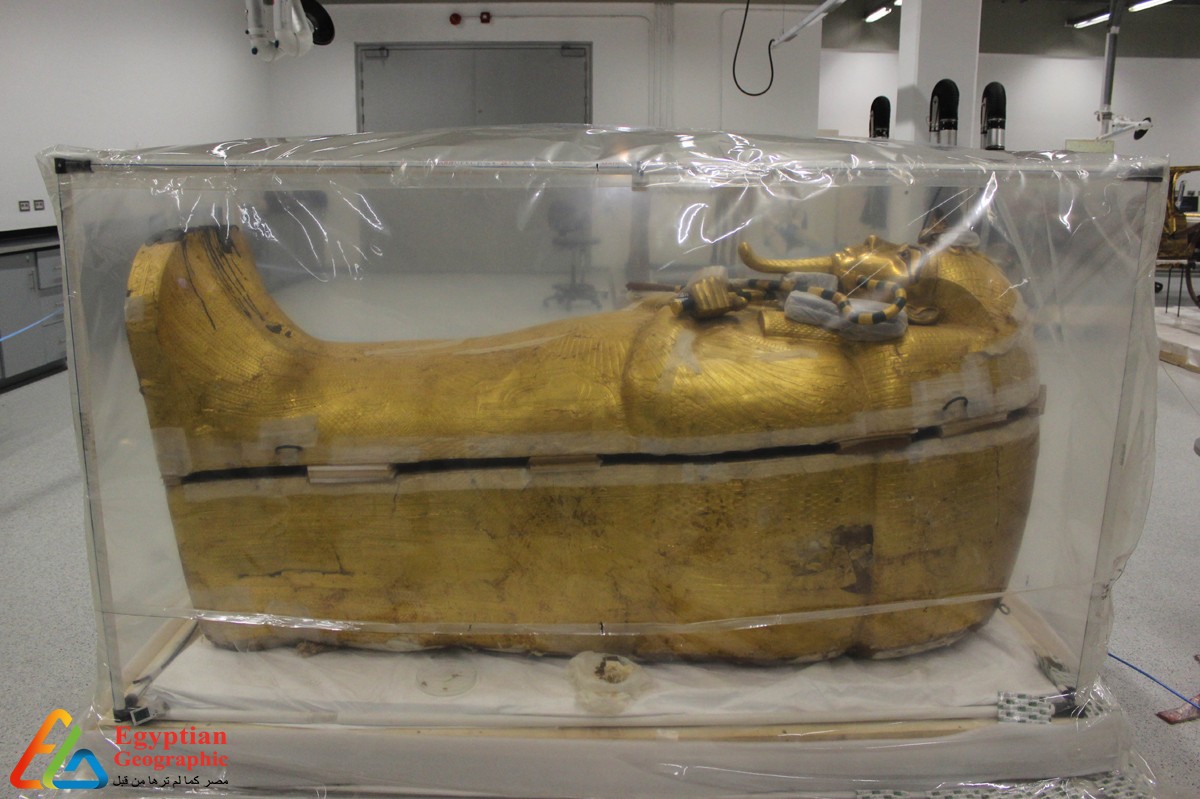
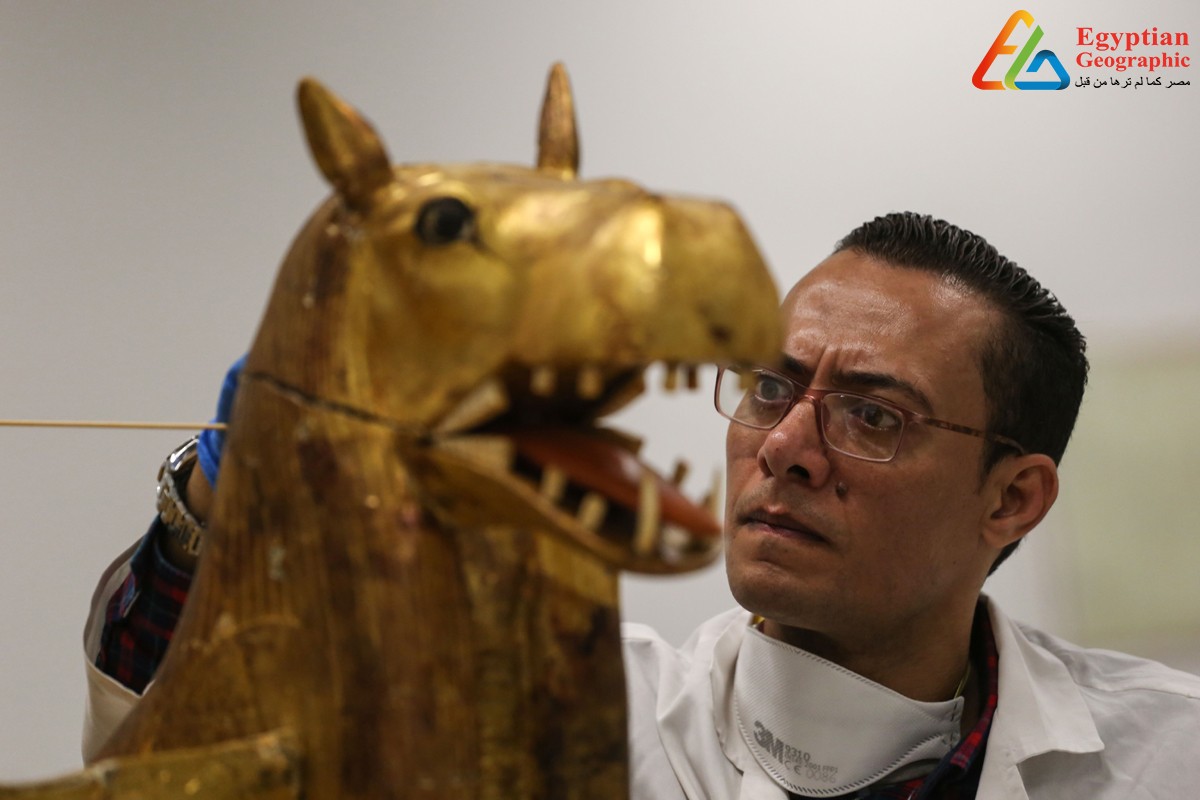

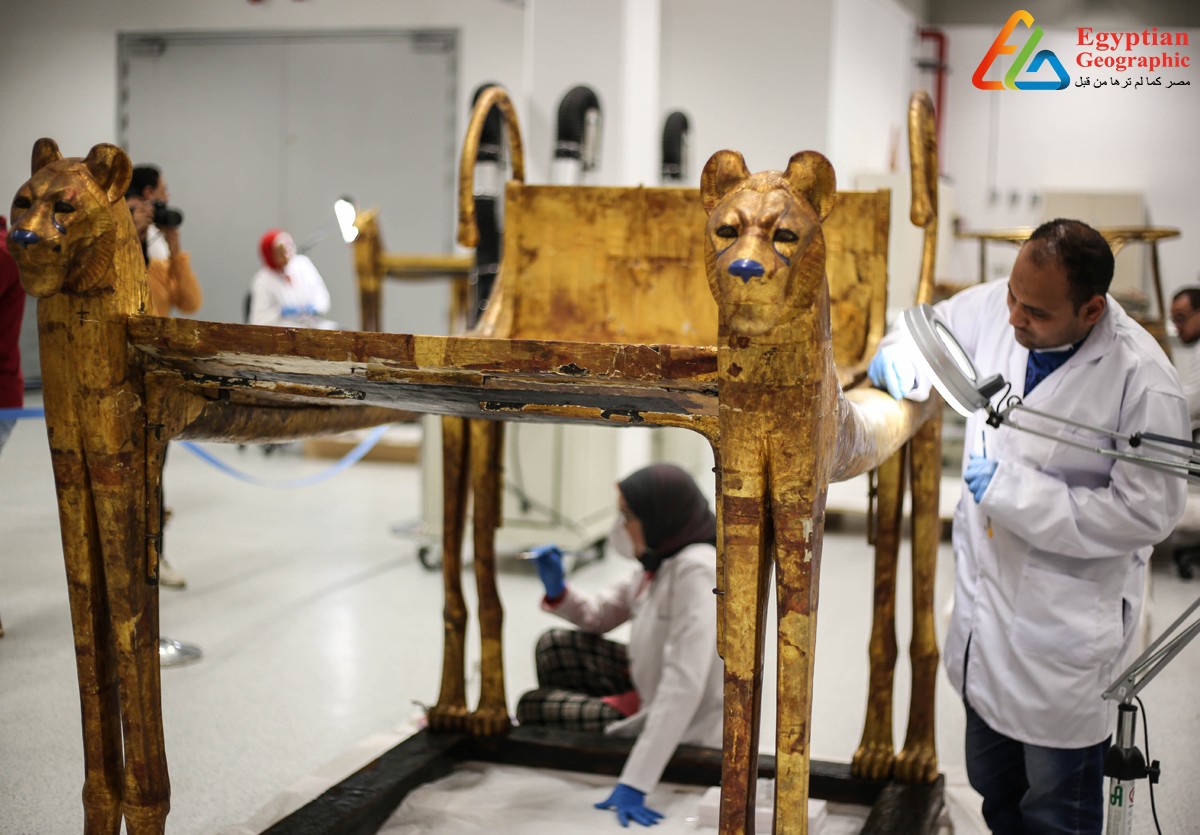
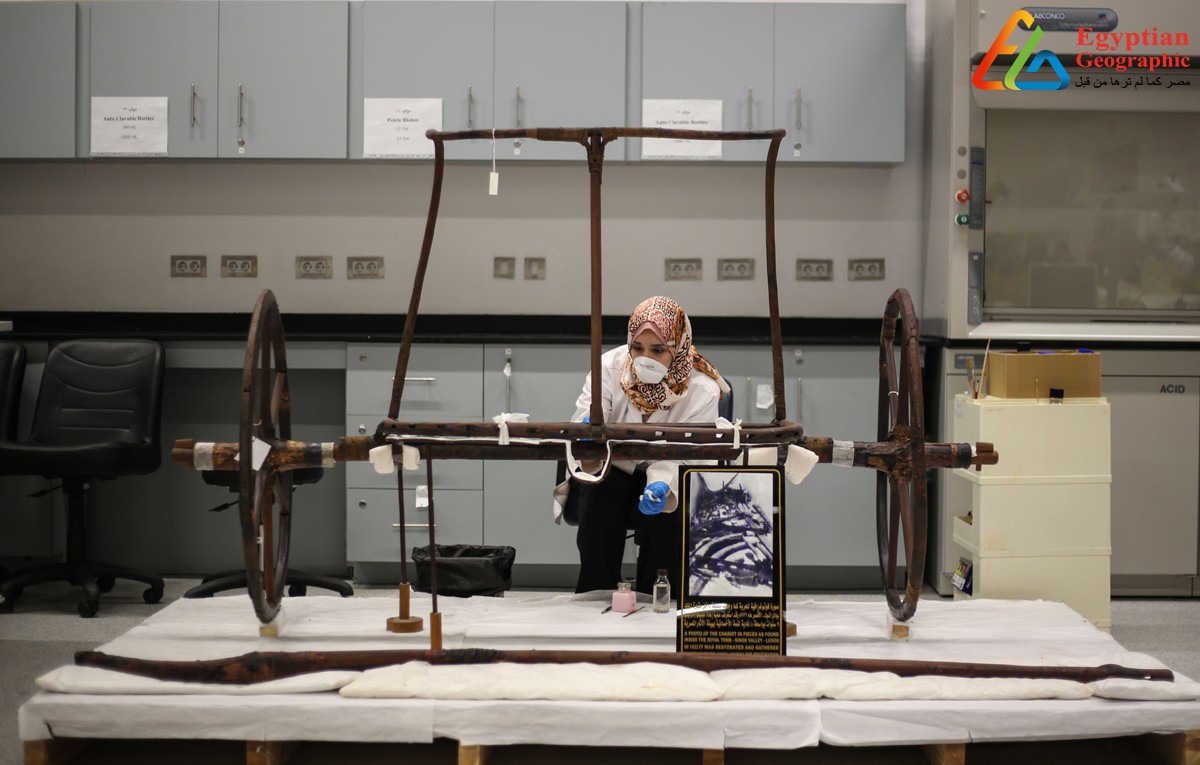
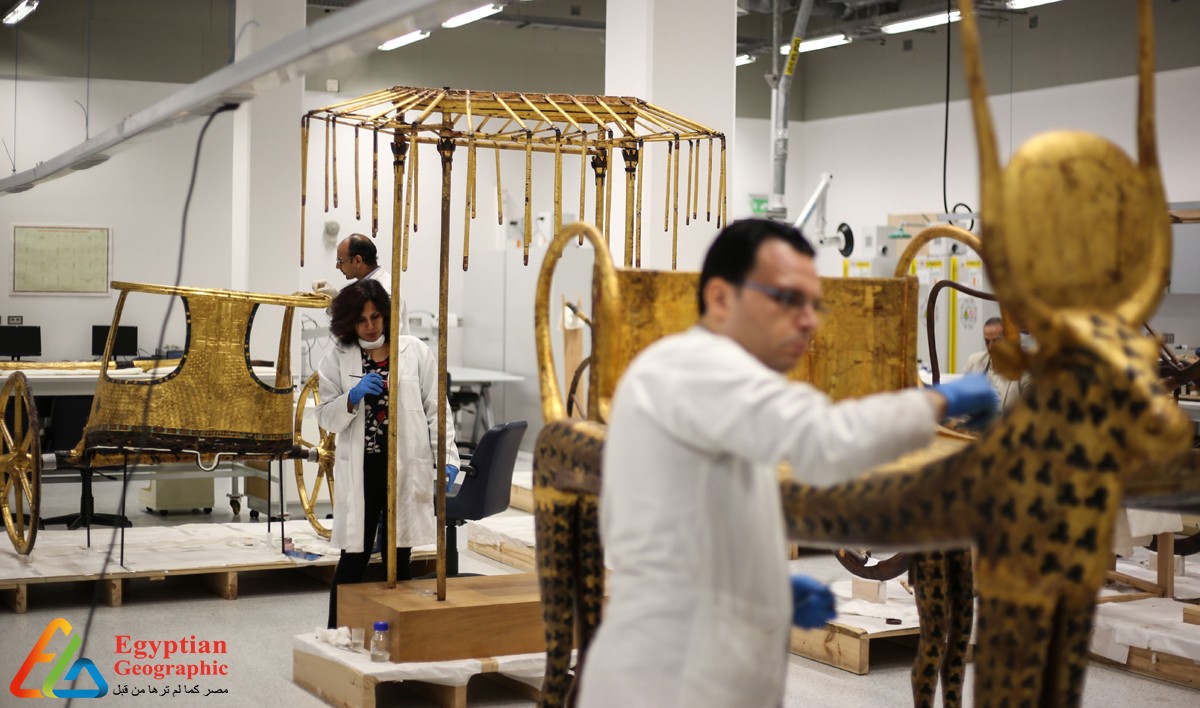
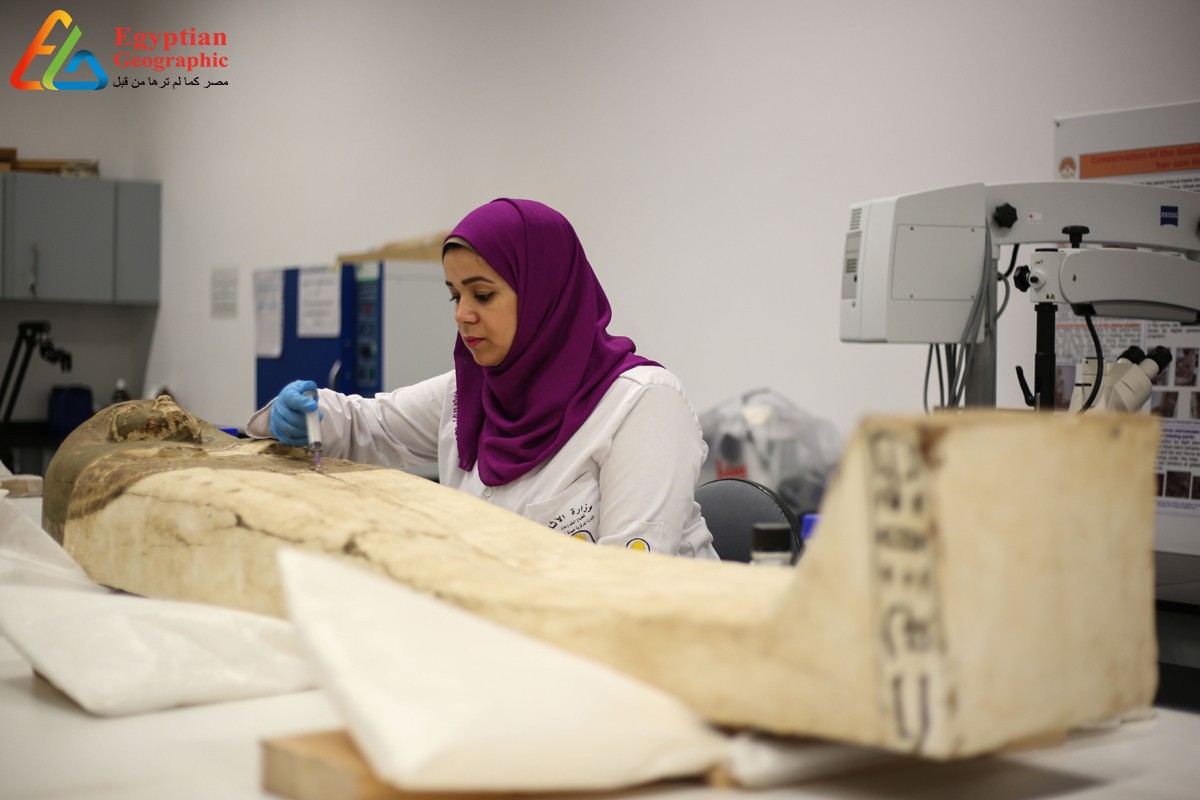

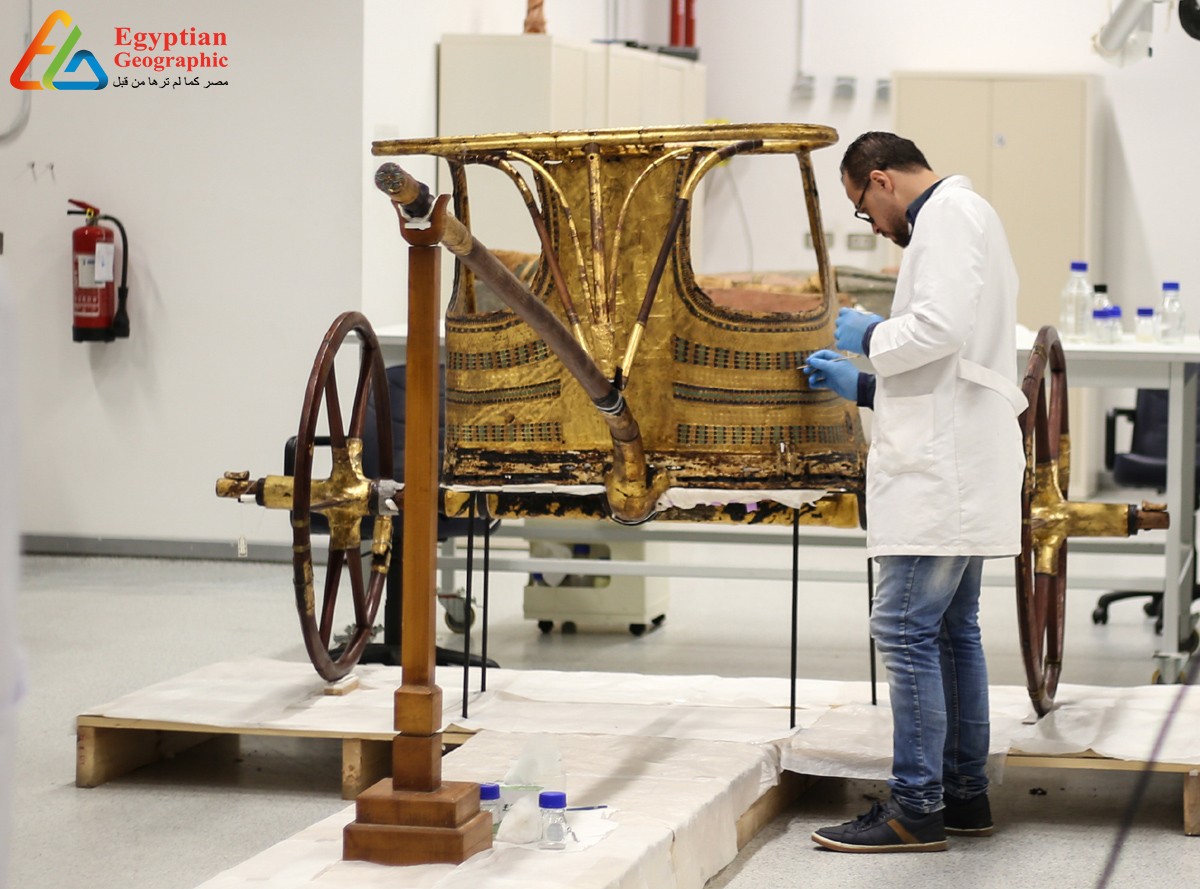

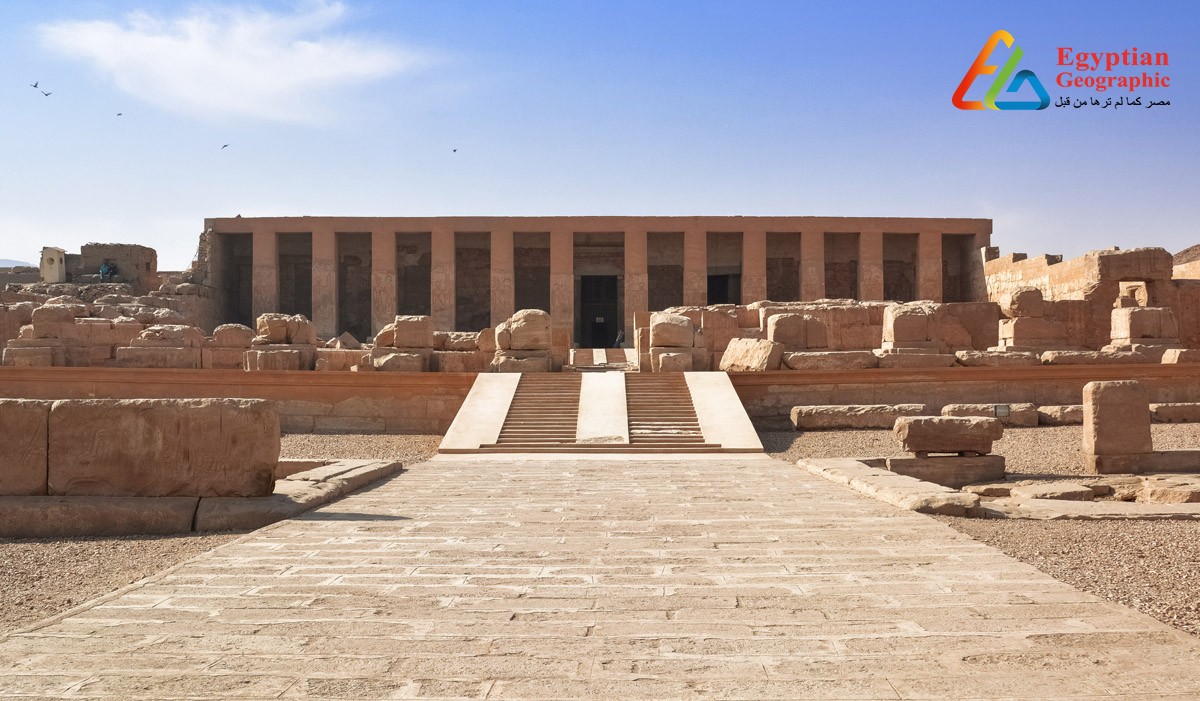
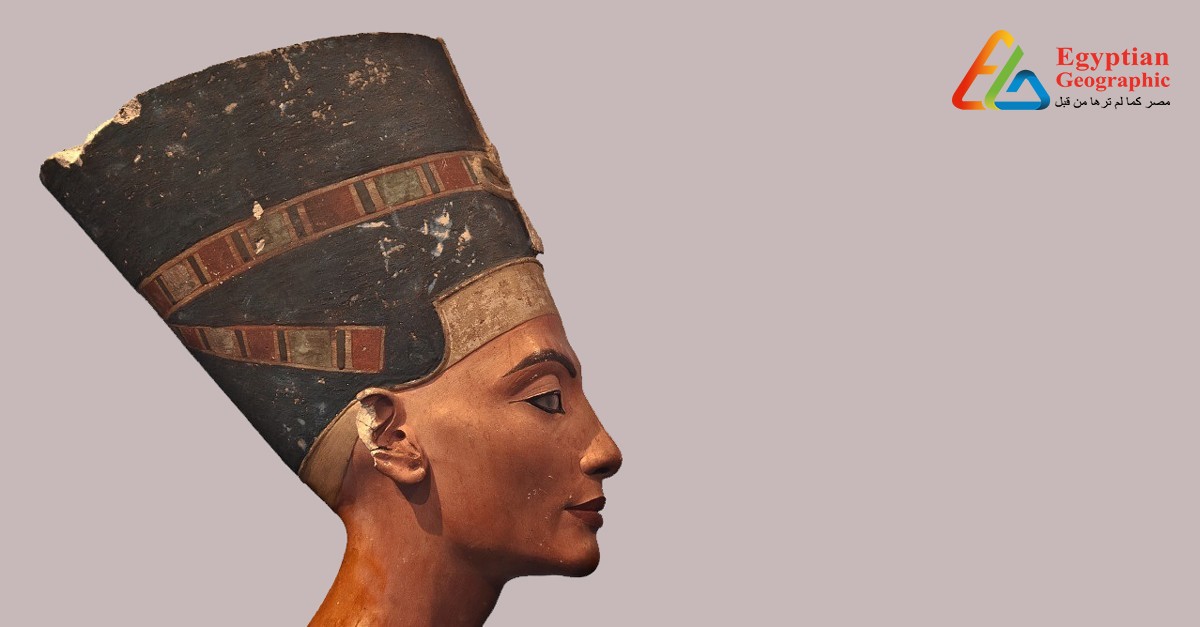
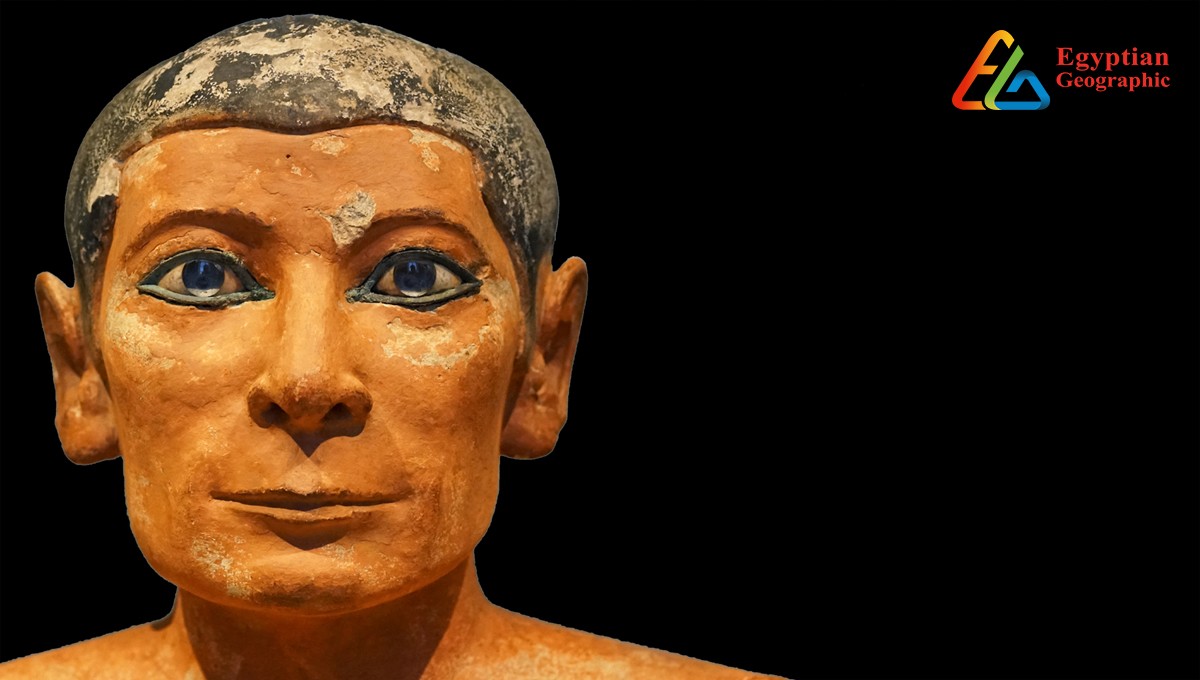

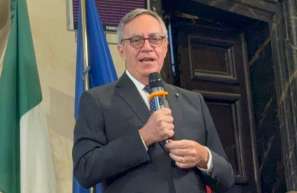










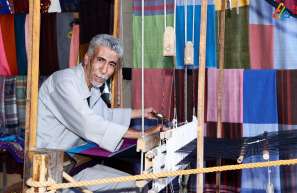
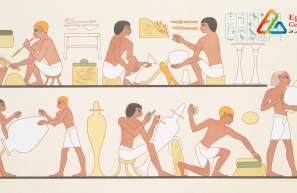
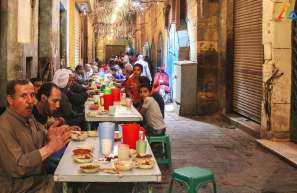











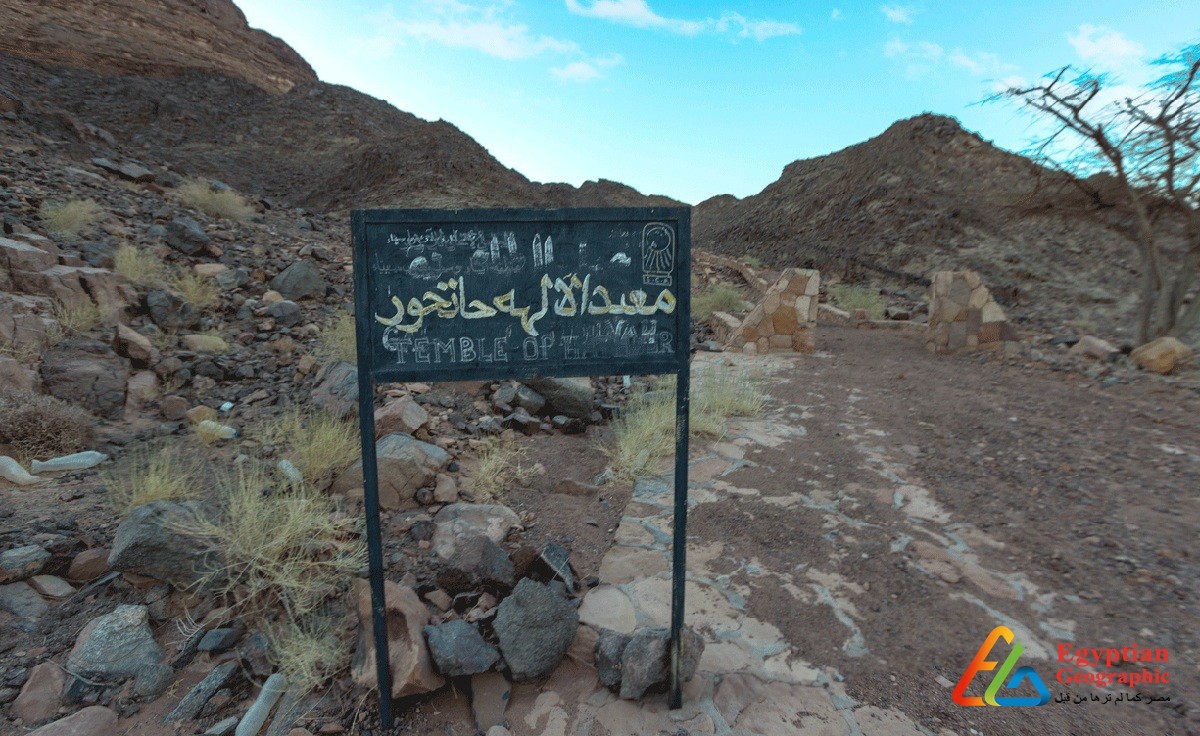
مجلة علمية معرفية وثائقية تتناول الشخصية المصرية